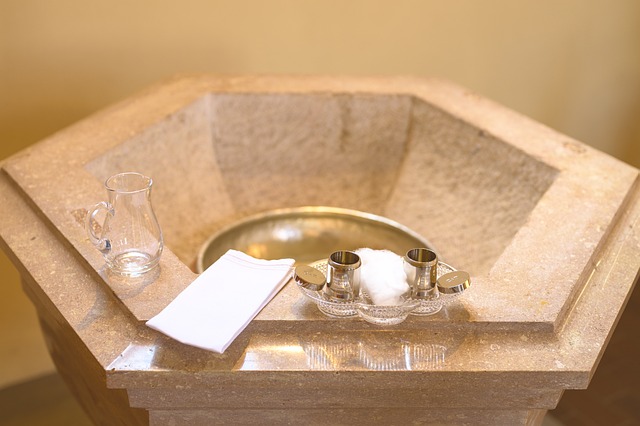Icons: Artist's Statement
I have been fascinated by icons from an early age, having seen them in various churches where I grew up.
My career was anything but that of an artist. I was a food chemist and, when an opportunity came allowing me to learn how to write icons, I jumped at it, and I have pursued it as a hobby ever since. I have taken courses from teachers from Russia, Belarus, France, England, and the United States.
A chemist, I experimented. I still experiment. No two of my icons are the same because I am constantly experimenting with materials, colors, and painting styles. Like all experiments, some of mine succeed and some, well. . . The one constant in my work is that I try to stay true to Eastern churches’ canon for iconography.
Painting icons—or icon writing, as it is known—is a form of prayer. You cannot work on an image for 20 hours to 100 hours without also reflecting on the scene or the saint and the importance of either to the Christian faith community. Each brush stroke in icon writing incorporates not only my hopes, joys, and sorrows but also the hopes, joys, and sorrows of the people for whom I pray.
A Note on the Exhibit Title
I chose as the title of my exhibit “Communion of Saints: Role of Icons is the Prayer Life of the Eastern Church.” This title emphasizes that icons are not just “pretty pictures”; rather, they play a significant part in the prayer life of the faithful. In the Nicene Creed, we profess our belief in the communion of saints. St. Paul repeatedly called the believers in Christ, saints.
Just as we treasure the photographs and stories of parents, grandparents, and other members of our respective families, we members of the Christian community use icons to remind ourselves of all those of blessed memory who came before us, who gave witness to their faith in God, and who attested to their dedication to the Christian faith.
George Ziobro
Icon Writer
